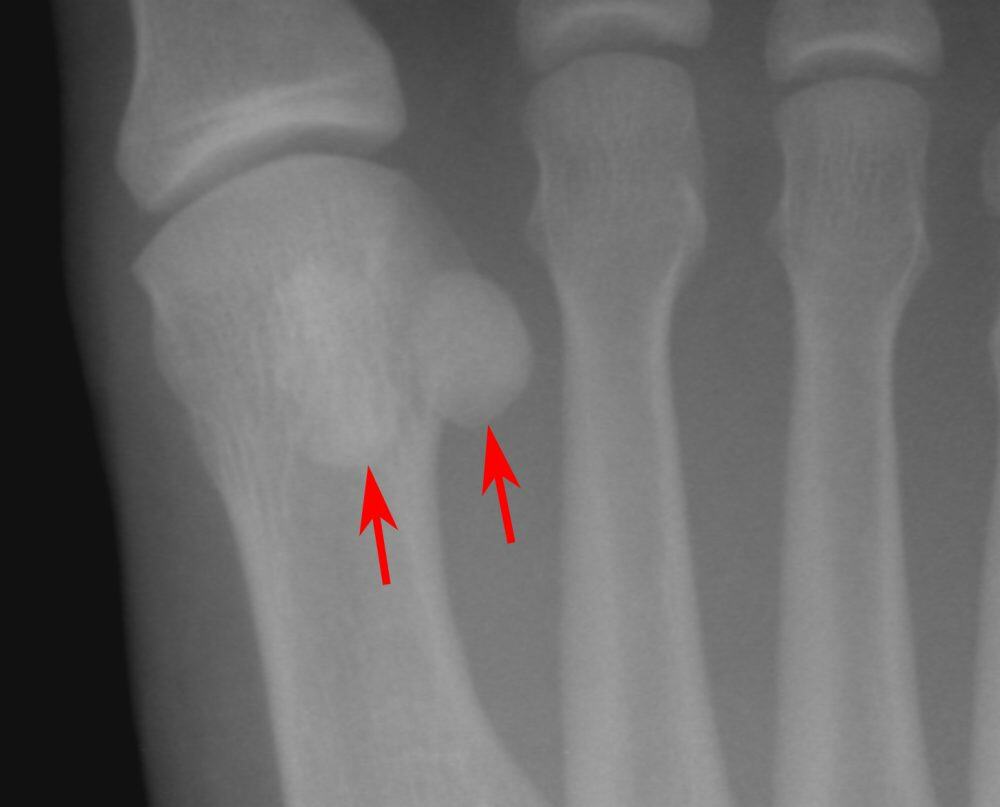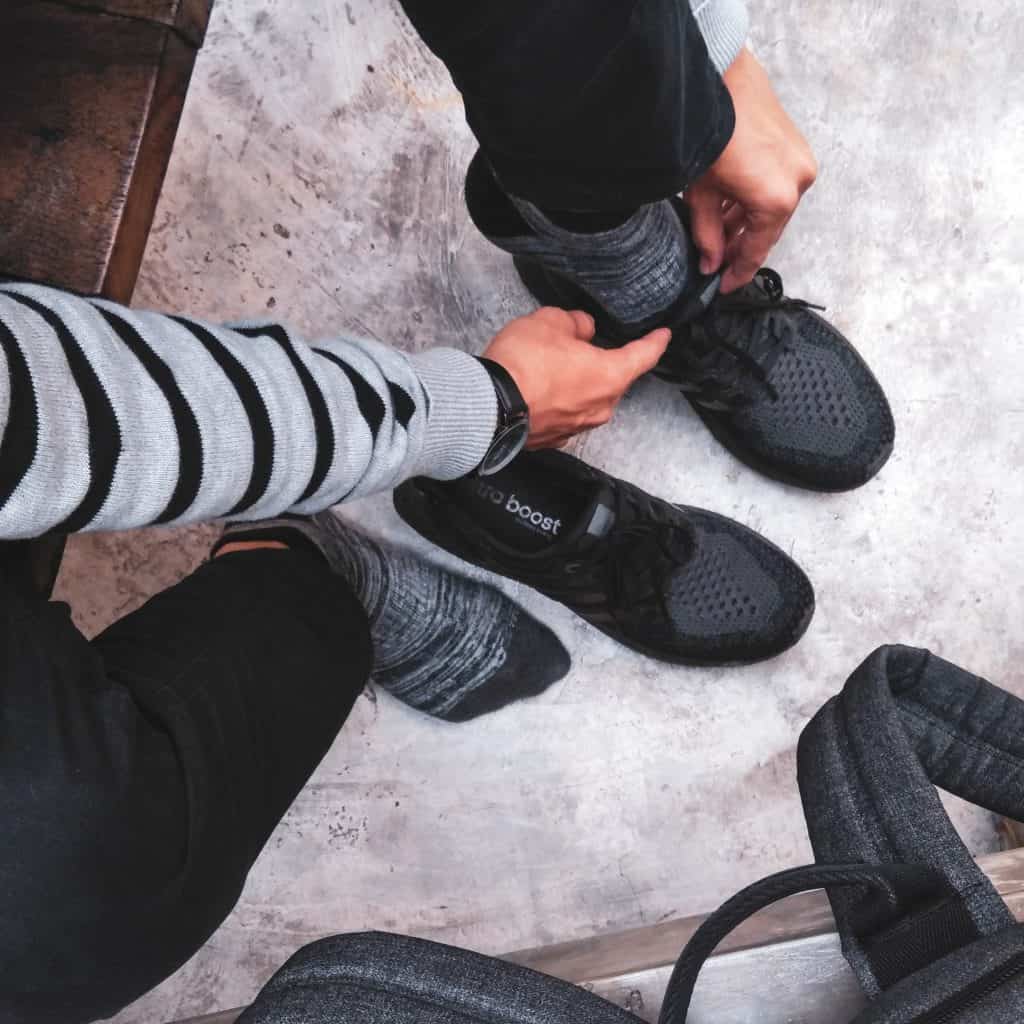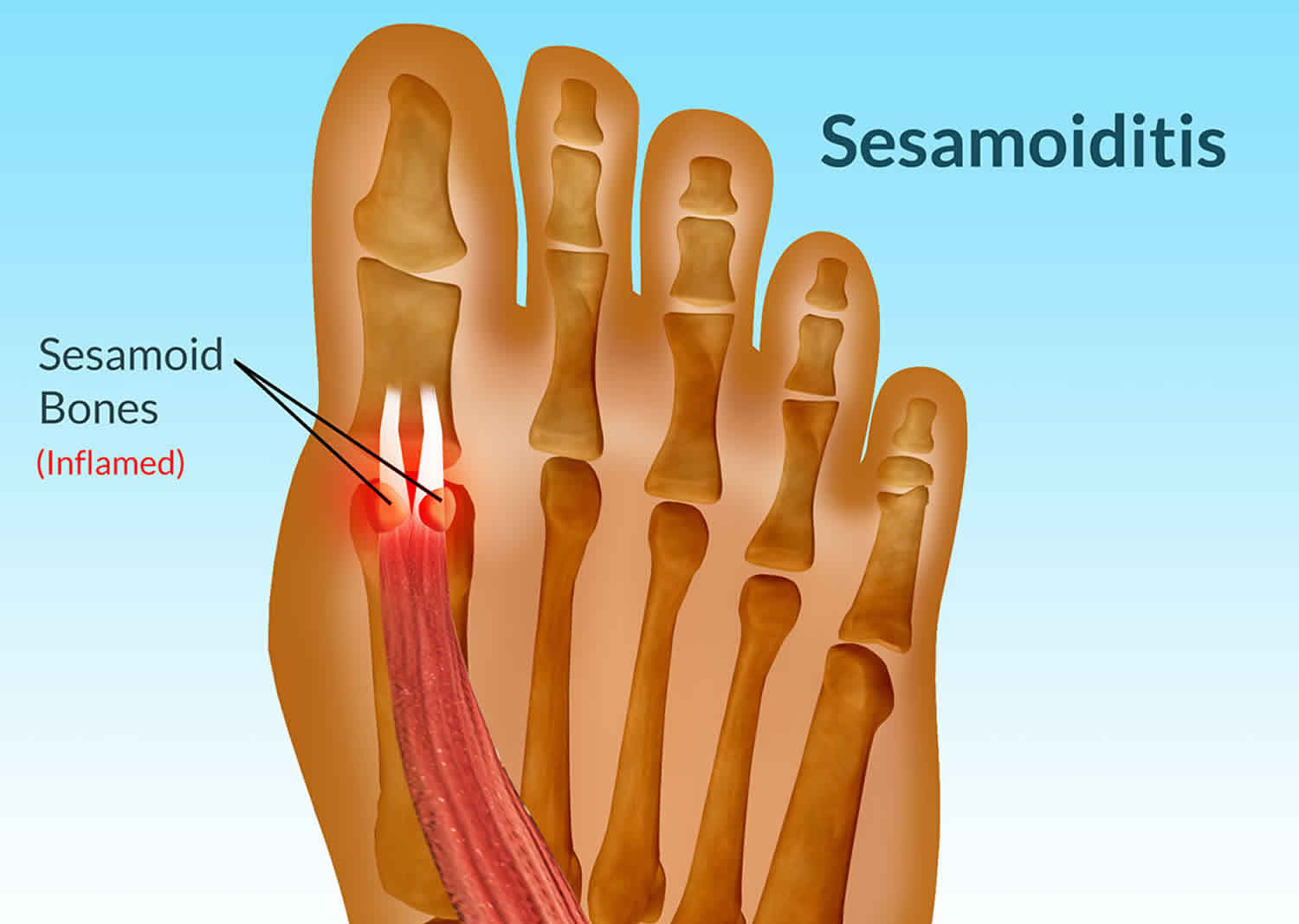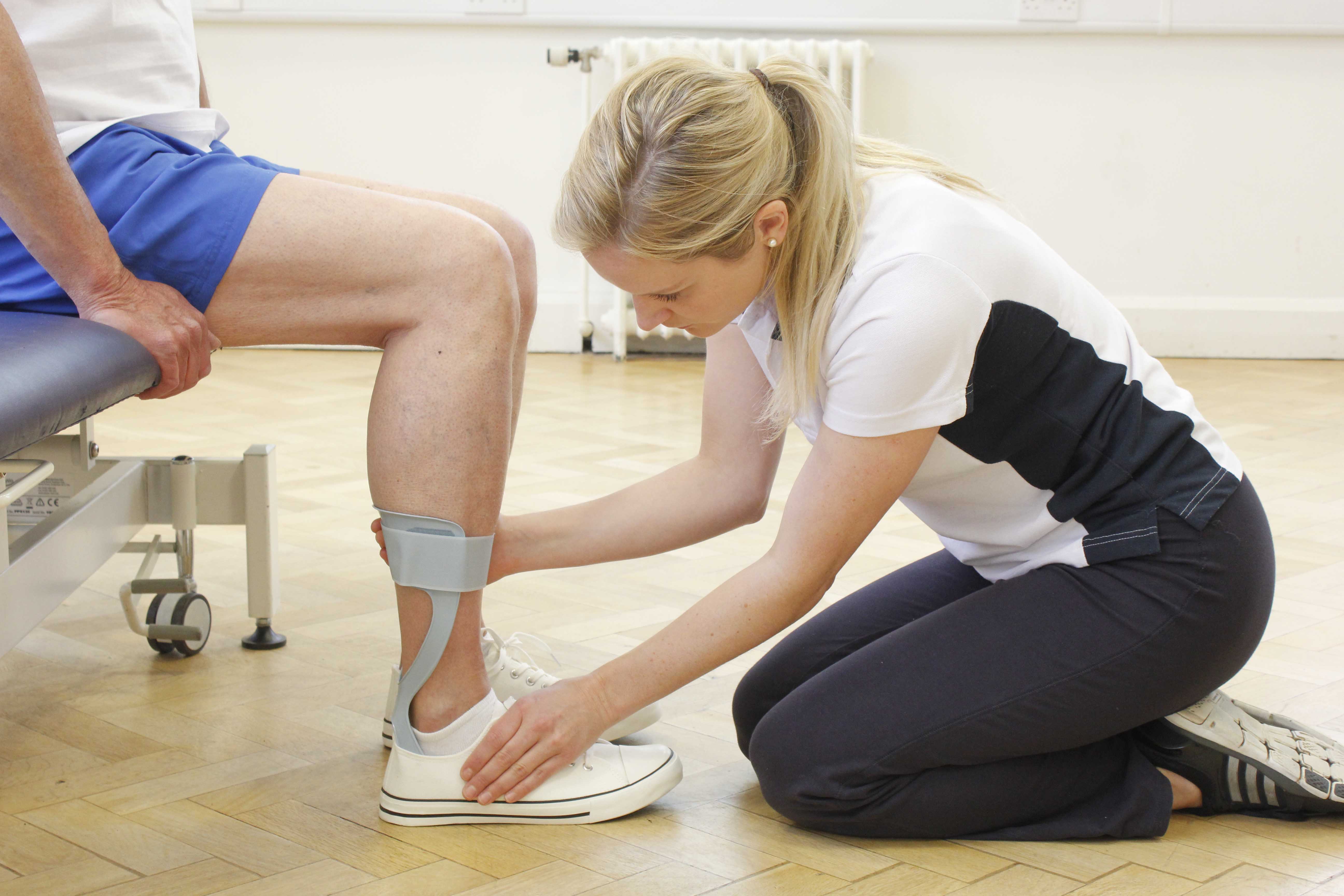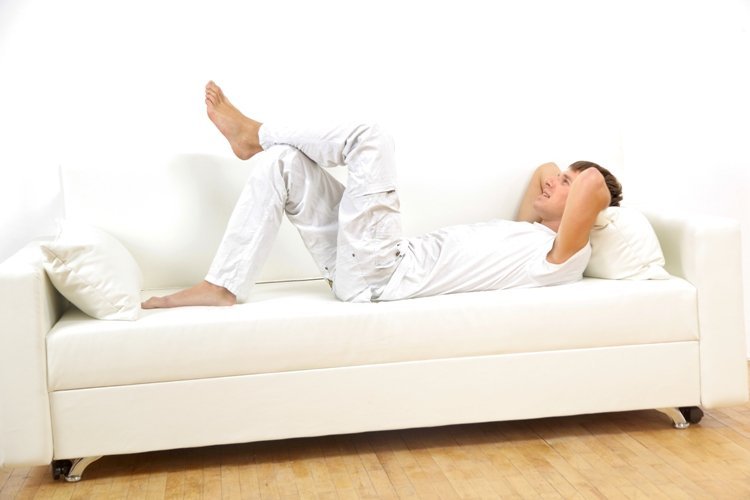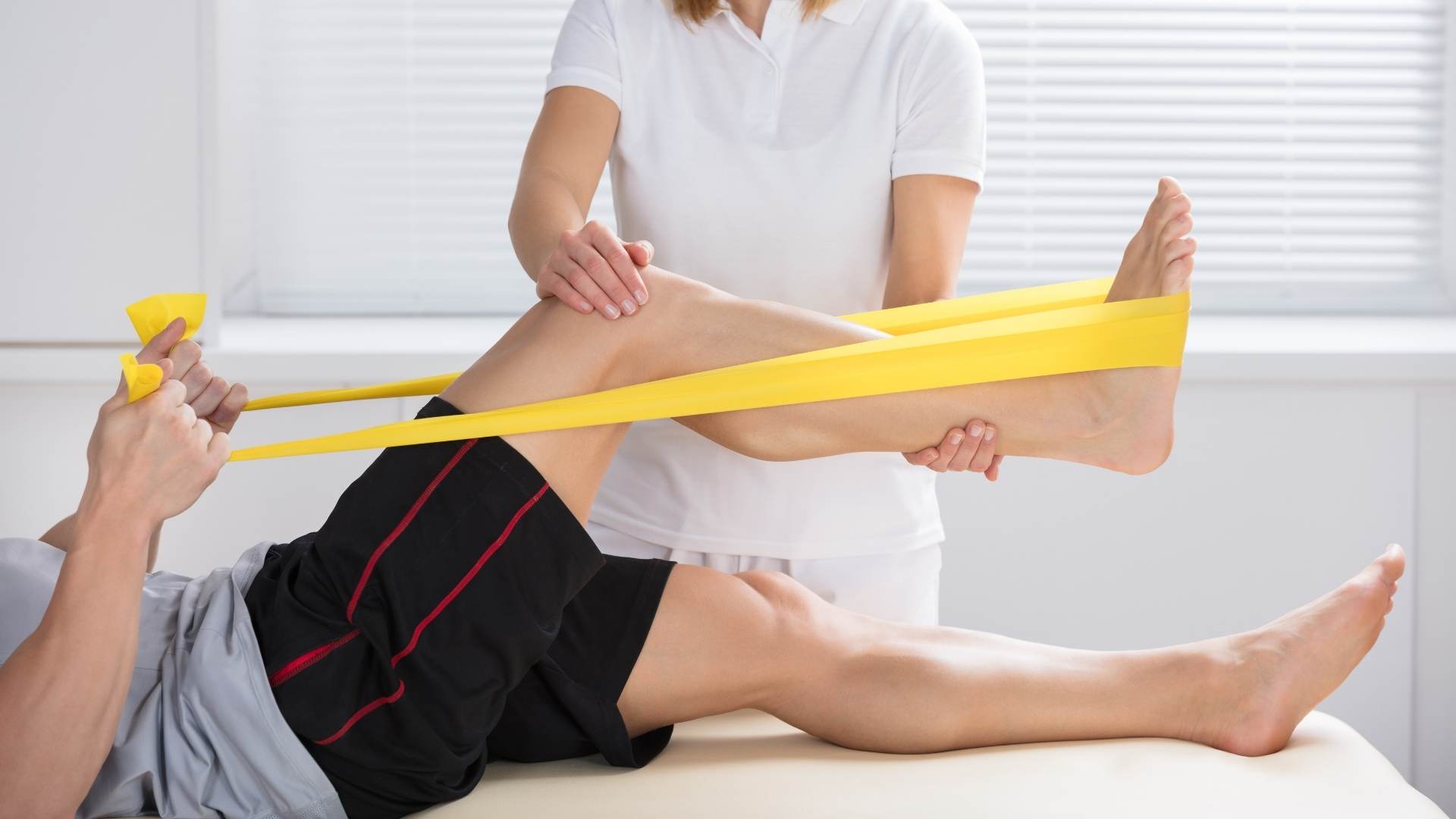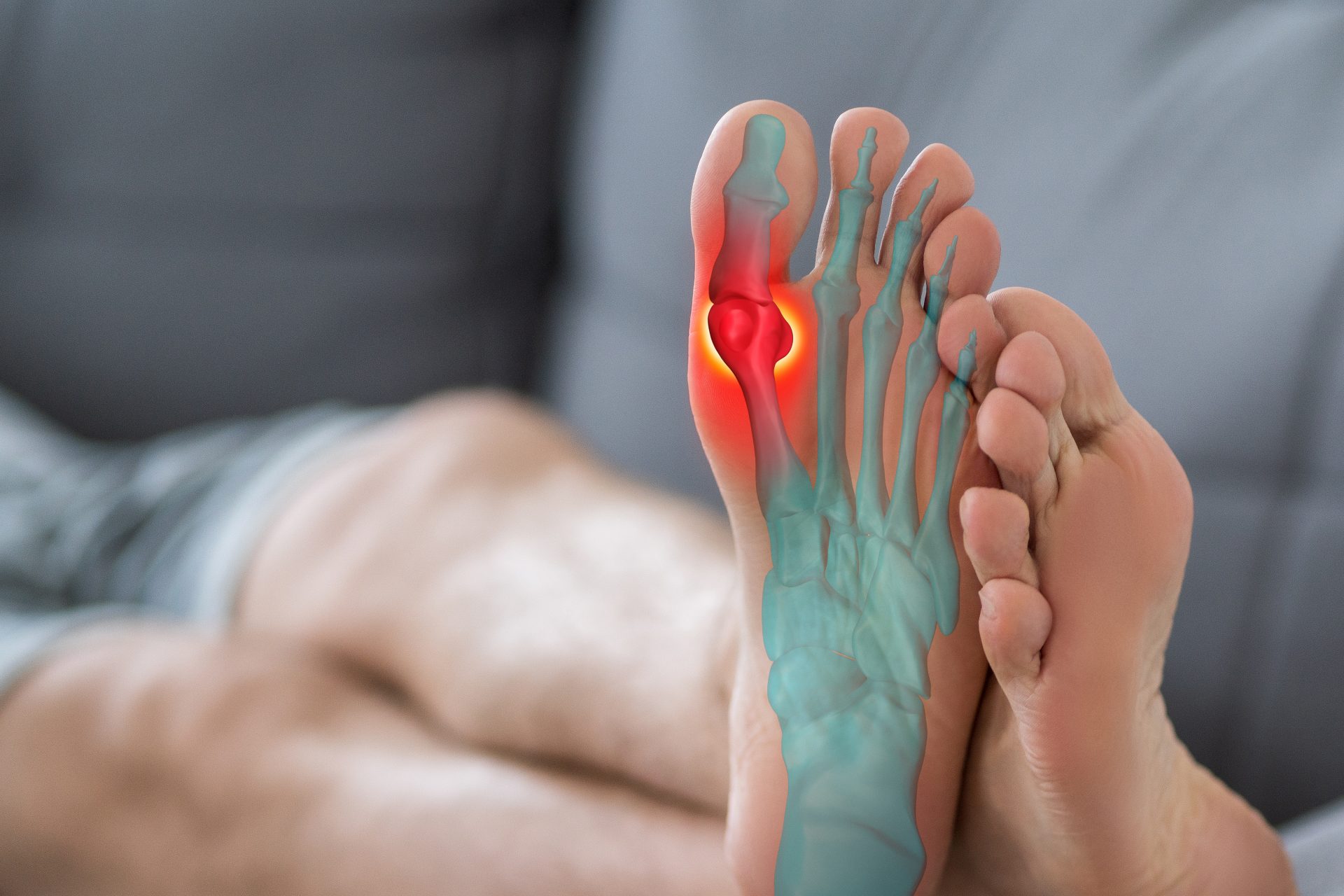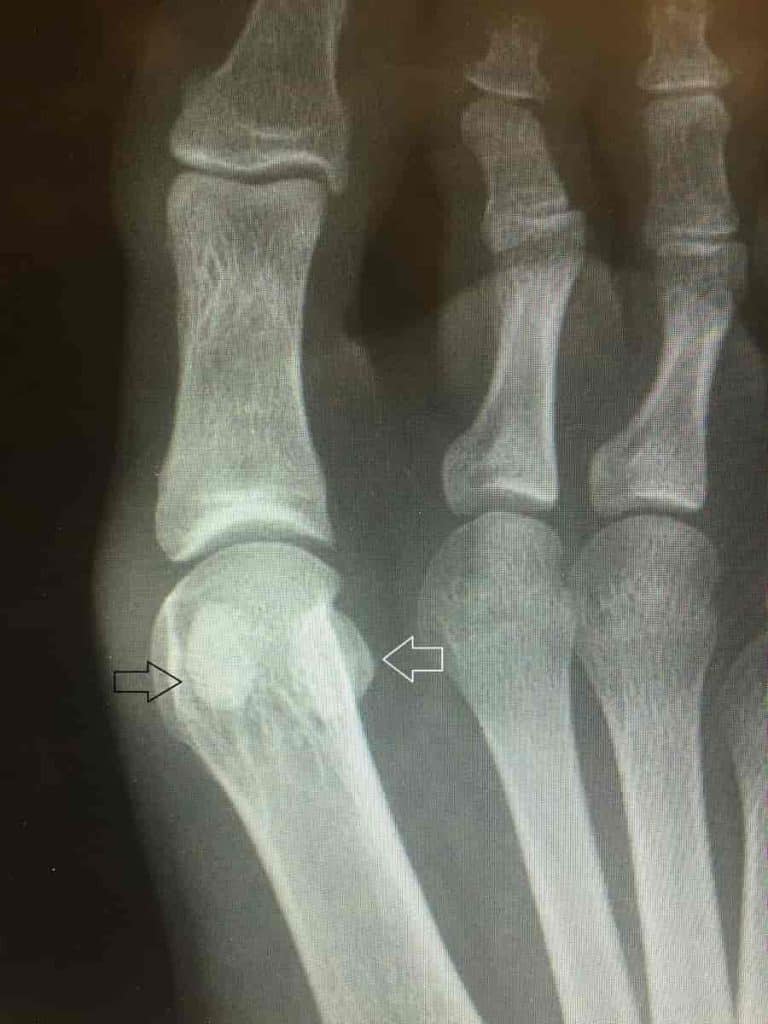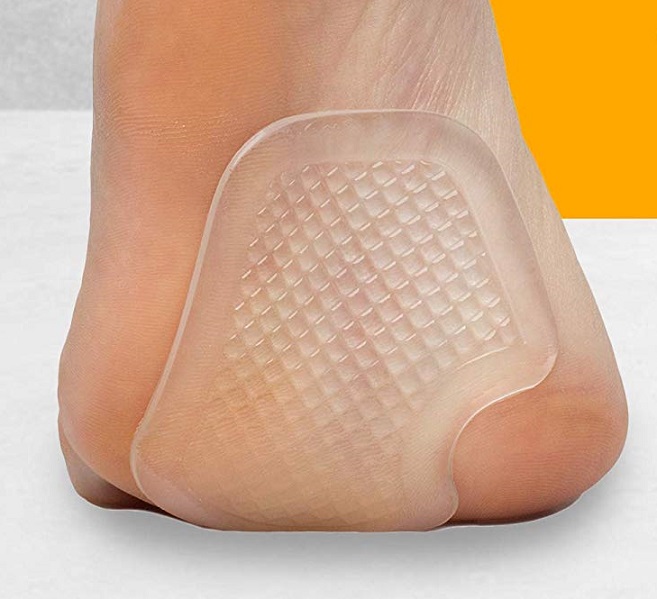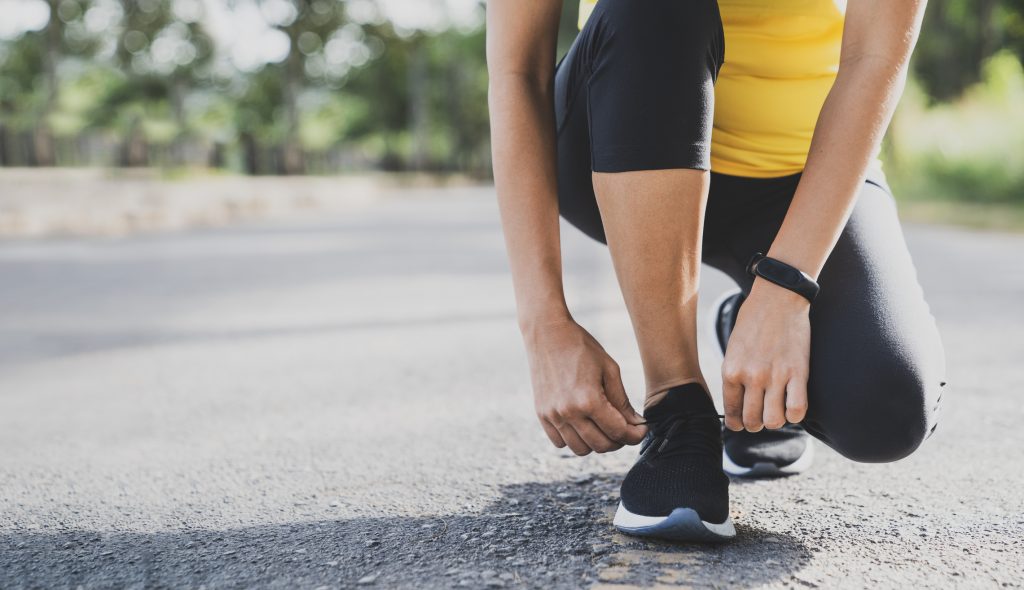Exemplary Tips About How To Treat Sesamoiditis

If the problem does not get better.
How to treat sesamoiditis. Do not apply ice directly to the skin; Some conservative treatments for sesamoiditis include the following: Treatment key points sesamoiditis is pain at the sesamoid bones beneath the head of the first metatarsal, with or without inflammation or fracture.
Some of the treatments for sesamoiditis include the following: Use an ice pack or wrap the ice in a towel. 9 months ago 2 min read craig payne.
Rest and ice the sole (bottom) of your feet. Partial resection of the sesamoid. 2) apply an ice pack to.
The best shoes for sesamoiditis will be those that help to relieve the sesamoid bones of any excessive load or impact. You can achieve this through several home remedies, exercises, medications, physical therapy, orthotics, and surgery. One of the most common treatments is to rest the foot, applying ice, take ibuprofen, and limiting how much you walking you do to reduce the pain.
2) apply an ice pack to the area several times a day for ten minutes at a time. On the other hand, gout is a type of. Take aspirin or ibuprofen to relieve the pain.
Sesamoiditis is a reasonably common painful inflammation of the two sesamoid bones under the big toe joint in the foot. Complete excision of the sesamoid. The best way to treat sesamoiditis conservatively is to use the rice principle:
Sesamoiditis is a repetitive stress injury, so the first thing to do to begin healing is to stop the activities. If the sesamoids are too fragmented for bone grafting, partial or complete. If the symptoms continue to be disabling, you may use bone grafting from the adjacent first metatarsal.
Today i talk to you about how to treat sesamoiditis with paul marquis pt. The first treatment we offer is usually an insole specially made to offload the sesamoids and relieve stress on the bones. I describe what sesamoiditis is, what causes it and how to treat it conservatively.
Take weight off your foot and apply a cold compress the bottom to reduce swelling around the sesamoid bones; The doctor uses a needle to remove a sample of joint fluid (called joint aspiration or arthrocentesis) if gout or infectious arthritis is suspected.
